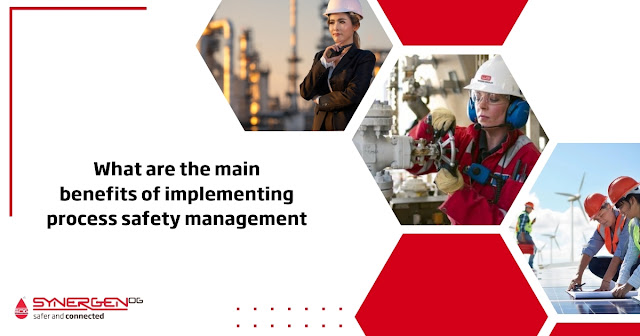Decoding Workplace Safety: A Comparative Study of Process Safety and Occupational Safety Standards

Ensuring workplace safety is a paramount concern for organizations, with two critical areas of focus: Process Safety and Occupational Safety. While both are essential for maintaining a safe work environment, they differ in their specific objectives and requirements. In this blog post, we will delve into the intricacies of these two safety standards and compare their significance in promoting workplace safety. Comparative Study of Process Safety and Occupational Safety Understanding the distinctions between Process Safety and Occupational Safety is crucial to developing comprehensive safety protocols in the workplace. Let's explore each area in detail: Process Safety Process Safety comprises the management system in place to prevent major accidents resulting from processing facilities handling hazardous materials. It addresses risks associated with these materials and processes, such as fires, explosions, toxic releases, and equipment failures. Occupational Safety Occup...
.jpg)


